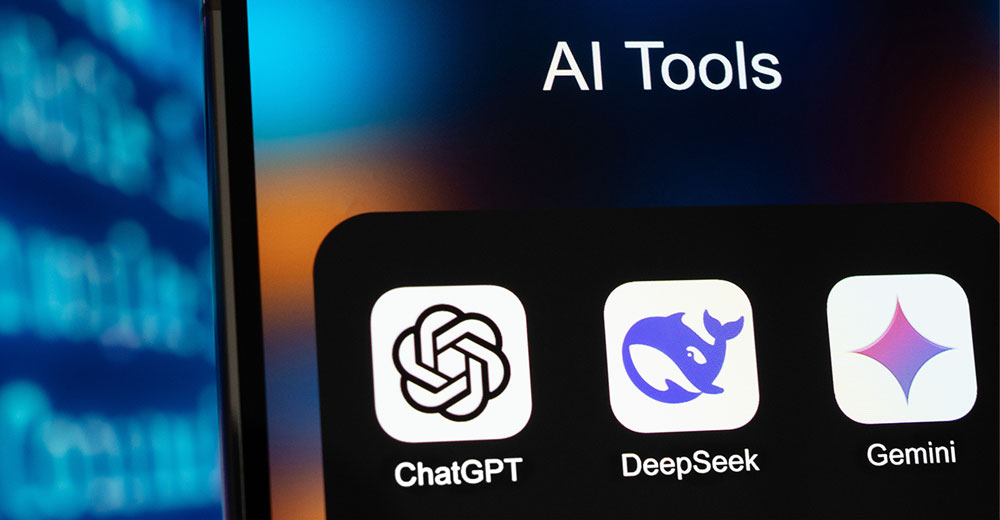Are you preparing for a data analyst interview? Python is a must-have skill in your toolkit, and interviewers love to test your knowledge of its key concepts. To help you ace your interview, we’ve compiled a list of 20+ essential Python interview questions for data analysts. Whether you’re a fresher or an experienced candidate, these questions cover basic, intermediate, and advanced levels to ensure you’re fully prepared.
Why Python is Essential for Data Analysts
Python is one of the most popular programming languages for data analysis due to its simplicity, versatility, and powerful libraries. With tools like Pandas, NumPy, and Matplotlib, Python makes data manipulation, analysis, and visualization seamless. Its strong community support and integration with other tools further enhance its appeal.
Now, let’s explore the top Python interview questions for data analysts.
Basic-Level Python Interview Questions for Data Analysts
1. What are Python’s key features that make it suitable for data analysis?
Python is easy to learn and highly versatile, making it ideal for data analysis. Its libraries like Pandas, NumPy, and Matplotlib simplify data handling, analysis, and visualization. Python also supports integration with other tools and has a strong community for constant support.
2. Explain the difference between a list, tuple, and dictionary in Python.
– List: A mutable collection of elements defined using square brackets: `[1, 2, 3]`.
– Tuple: An immutable collection defined using parentheses: `(1, 2, 3)`.
– Dictionary: A mutable collection of key-value pairs defined using curly braces: `{‘key1’: ‘value1’, ‘key2’: ‘value2’}`.
3. How do you read a CSV file into Python using Pandas?
Use the `read_csv()` function:
import pandas as pd
data = pd.read_csv(‘data.csv’)
print(data.head())
This loads the CSV file into a DataFrame and displays the first five rows.
4. What is the difference between `is` and `==` in Python?
– `is`: Checks if two variables point to the same object in memory.
– `==`: Compares the values of two objects.
Example:
a = [1, 2, 3]
b = [1, 2, 3]
print(a == b) # True (values are the same)
print(a is b) # False (different memory locations)
Intermediate-Level Python Interview Questions for Data Analysts

5. How do you handle missing data in a dataset using Pandas?
– Use `dropna()` to remove rows or columns with missing values.
– Use `fillna()` to replace missing values with a specified value.
– Use interpolation to fill missing values based on patterns.
Example:
df[‘column’].fillna(df[‘column’].mean(), inplace=True)
6. Explain the difference between `.loc[]` and `.iloc[]` in Pandas.
– `.loc[]`: Accesses rows or columns by labels.
– `.iloc[]`: Accesses rows or columns by index positions.
7. How can you merge two datasets in Python?
Use the `merge()` function:
import pandas as pd
df1 = pd.DataFrame({‘ID’: [1, 2], ‘Name’: [‘Alice’, ‘Bob’]})
df2 = pd.DataFrame({‘ID’: [1, 2], ‘Age’: [25, 30]})
merged = pd.merge(df1, df2, on=’ID’)
print(merged)
8. What are lambda functions in Python?
Lambda functions are anonymous functions defined using the `lambda` keyword. They are useful for short, one-line operations.
Example:
df[‘new_column’] = df[‘column’].apply(lambda x: x * 2)
Advanced-Level Python Interview Questions for Data Analysts
9. How do you optimize large datasets in Python to improve processing speed?
– Use the `dtype` parameter to reduce memory usage.
– Process data in chunks using the `chunksize` parameter.
– Use libraries like Dask or Vaex for distributed or out-of-core processing.
10. Explain the role of the `groupby()` function in Pandas.
`groupby()` splits data into groups, performs operations, and combines results.
Example:
grouped = df.groupby(‘category’)[‘value’].mean()
print(grouped)
11. How would you implement custom functions with `apply()` in Pandas?
Use `apply()` to apply custom logic to transform data.
Example:
def custom_function(x):
return x * 2
df[‘new_column’] = df[‘column’].apply(custom_function)
Python Interview Questions for Freshers
12. What is the difference between `len()` and `shape` in Python?
– `len()`: Returns the number of items in a collection.
– `shape`: Returns the dimensions of a DataFrame or array as a tuple (rows, columns).
13. How do you create a simple data visualization using Matplotlib?
import matplotlib.pyplot as plt
x = [1, 2, 3, 4, 5]
y = [2, 4, 6, 8, 10]
plt.plot(x, y)
plt.show()
14. Can you explain the role of NumPy in data analysis?
NumPy provides support for large arrays and matrices, along with mathematical functions. It’s essential for numerical calculations and efficient data manipulation.
Python Interview Questions for Experienced Candidates
15. How do you manage data pipelines in Python for ETL processes?
Use Pandas for data manipulation, SQLAlchemy for database connections, and Airflow for scheduling tasks.
16. How do you handle memory-intensive operations while working with large datasets?
– Use efficient data types.
– Process data in chunks.
– Utilize libraries like Dask.
– Drop unnecessary columns.
Tricky Python Interview Questions for Data Analysts
17. What happens when you use `.dropna()` on a dataset without specifying any parameters?
It removes rows containing at least one missing value.
18. How do you identify and fix data type mismatches in a large dataset?
Use `df.dtypes` to check column types and convert them using `.astype()`.
Coding Problems for Data Analysts
19. Write a Python script to calculate the median of a list of numbers without using built-in functions.
def calculate_median(numbers):
numbers.sort()
n = len(numbers)
if n % 2 == 1:
return numbers[n // 2]
else:
return (numbers[n // 2 – 1] + numbers[n // 2]) / 2
numbers = [5, 1, 9, 2, 8]
print(calculate_median(numbers))
20. Count the frequency of each unique value in a specific column.
import pandas as pd
df = pd.DataFrame({‘column’: [‘a’, ‘b’, ‘a’, ‘c’, ‘b’, ‘a’]})
count = df[‘column’].value_counts()
print(count)
Final Tips to Ace Your Data Analyst Interview
- Practice coding problems regularly.
- Familiarize yourself with Python libraries like Pandas, NumPy, and Matplotlib.
- Understand data cleaning, manipulation, and visualization techniques.
- Be ready to explain your thought process during coding challenges.
By mastering these Python interview questions, you’ll be well-prepared to impress your interviewers and land your dream data analyst job. Good luck!











